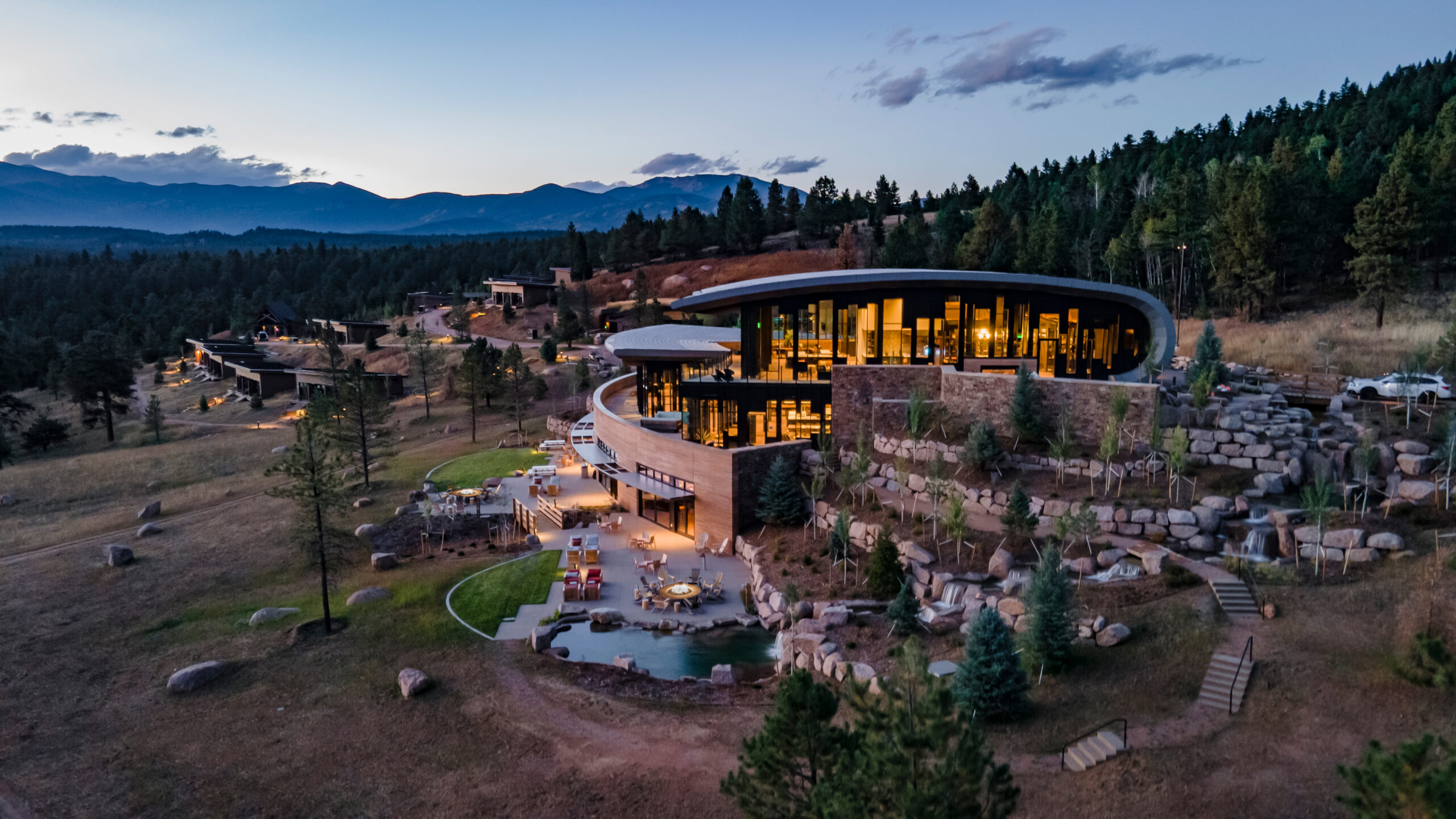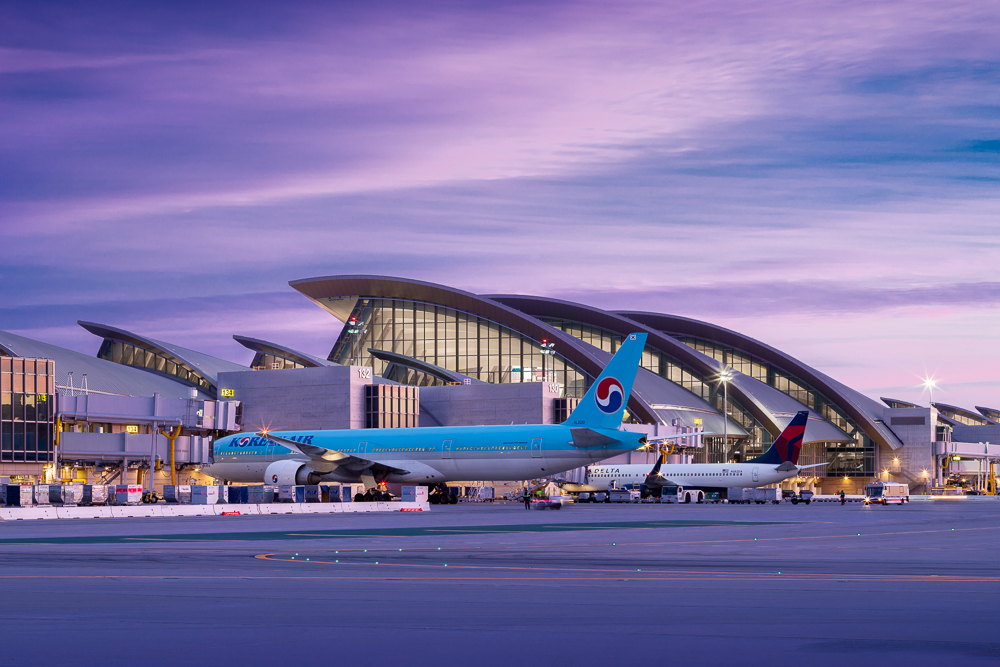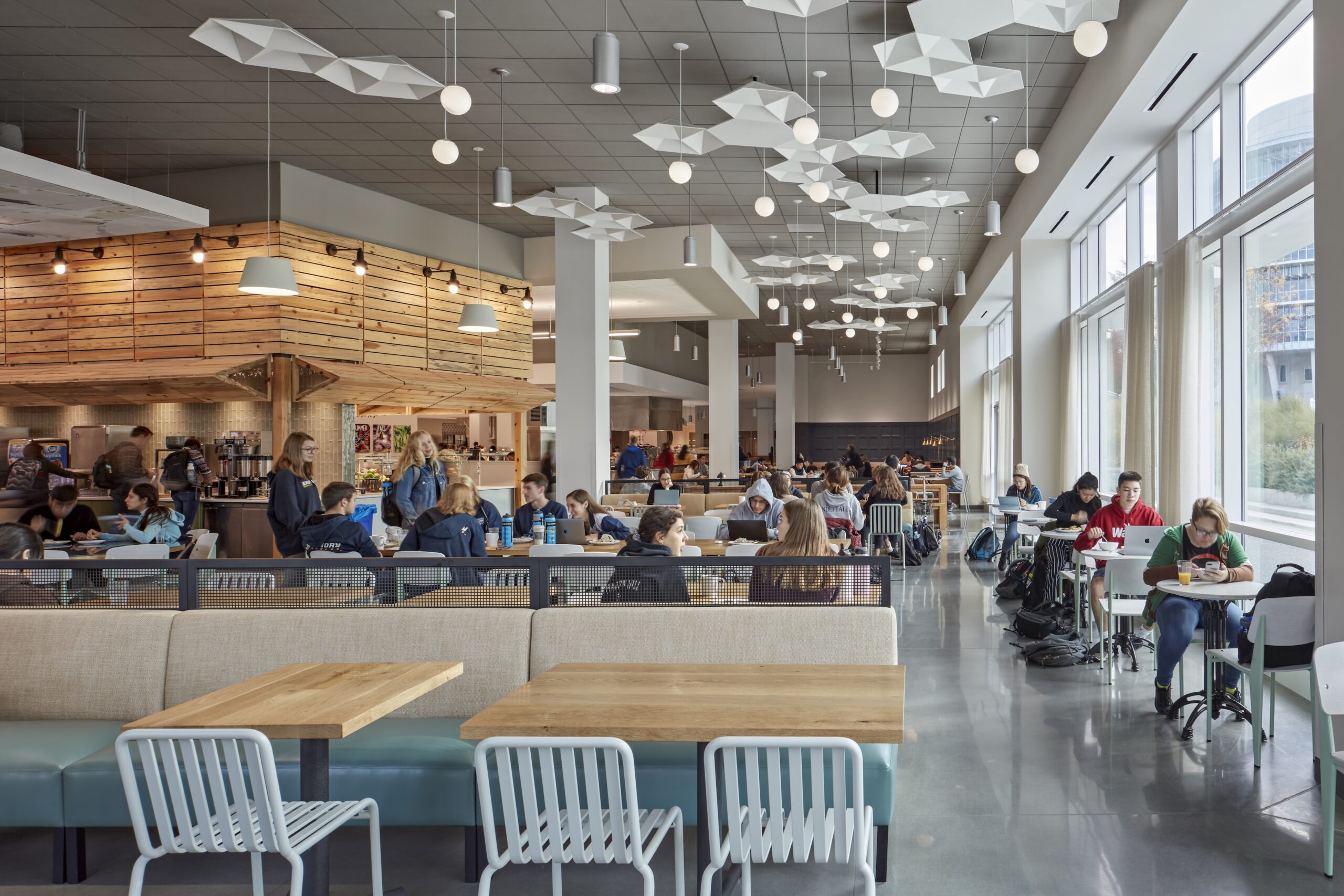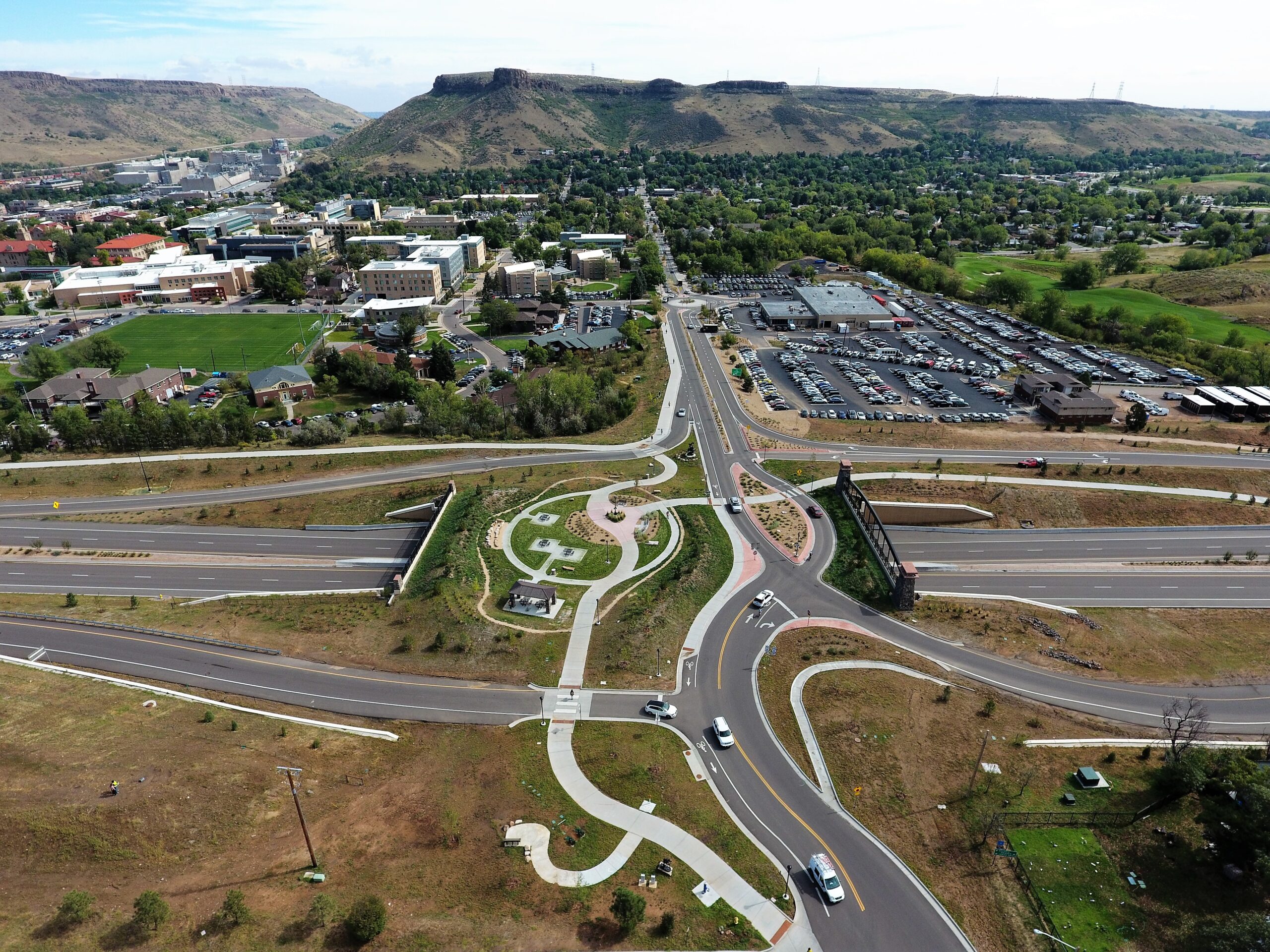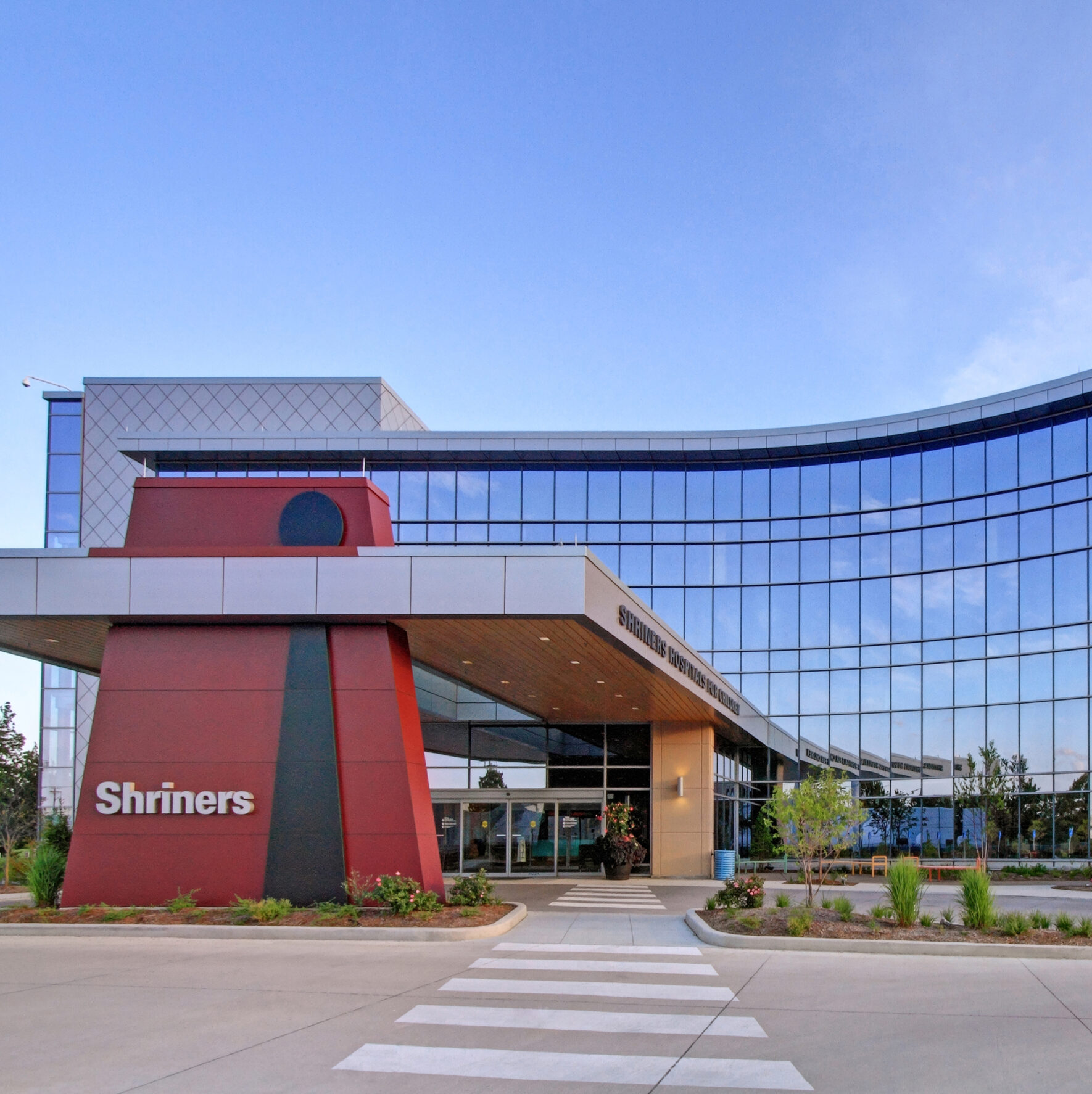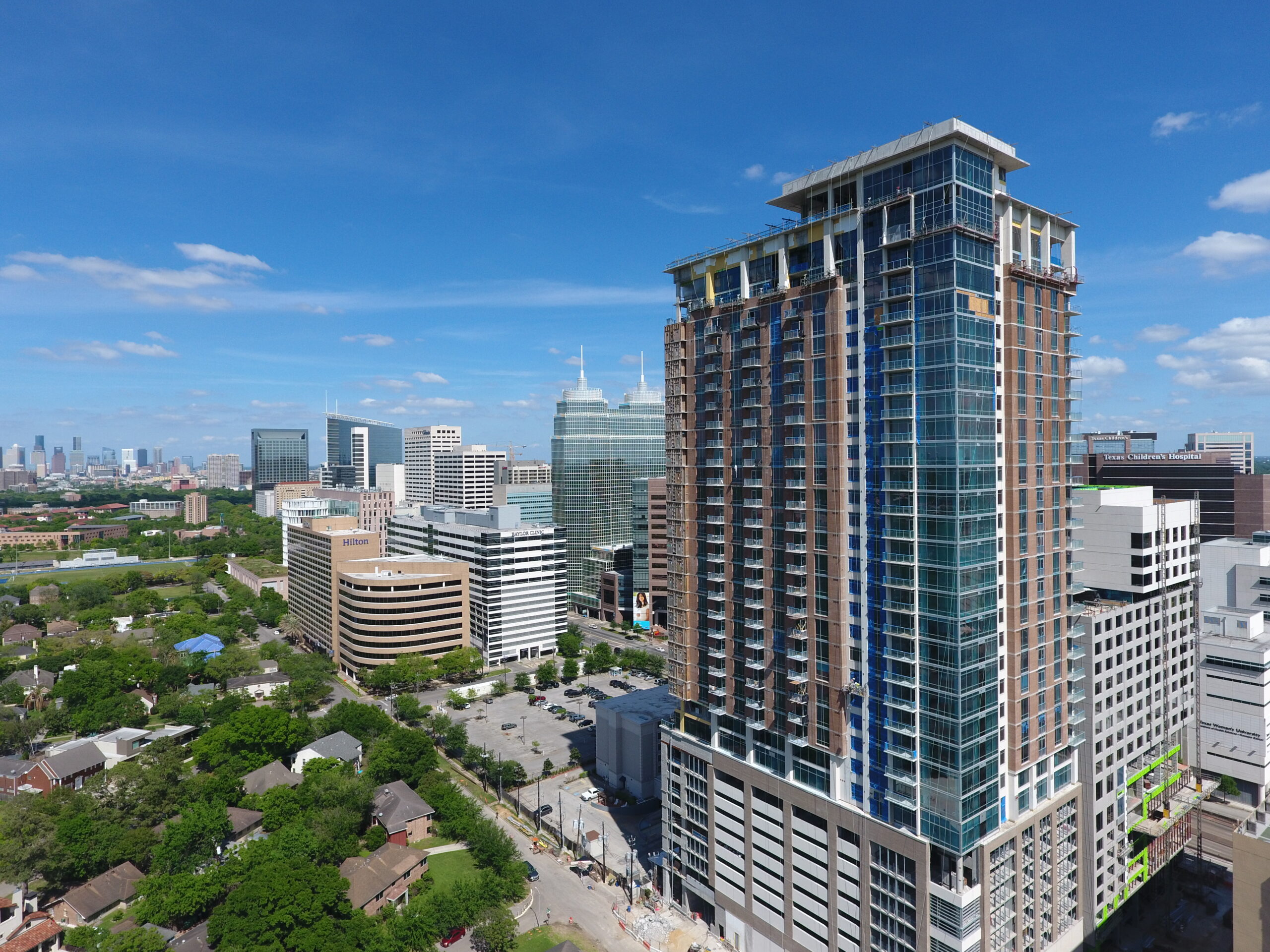Planning Charrette Report for the Air Force Materiel Command HQ Repair/Renovation
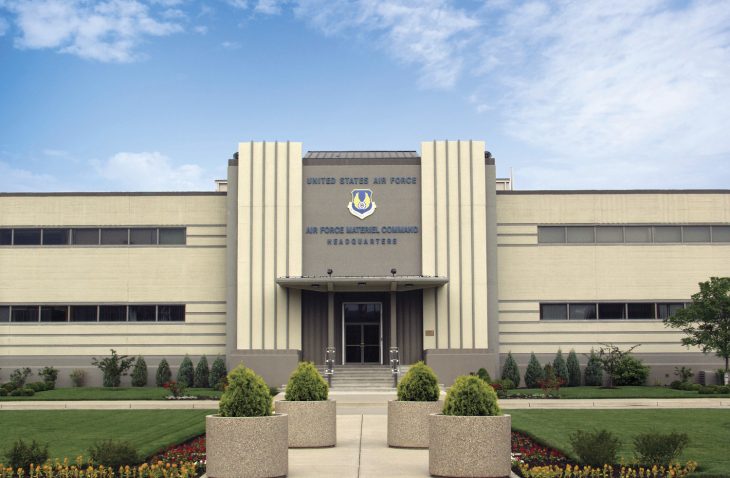
IMEG, working with joint venture firm PRIME AE, provided structural, MEP, and technology communications engineering design services for a complex planning and programming project for the Air Force Materiel Command (AFMC) Headquarters renovation. The project had a demanding 18-week schedule that included weekly deliverables. The goal of the multi-phase project was a recapitalization of the AFMC Headquarters and related units. Building 10262 is a 553,247-sf, three-story headquarters administrative facility built in 1942 and on the historic register. Building 10266 is a 235,446-sf, three-story headquarters administrative facility built in 1964.
The project scope included evaluation of the user’s space requirements and scope definition with cost estimates for all necessary facility modifications, including mandatory upgrades to meet all UFCs, including UFC 3-600-01, Fire Protection Engineering; UFC 4-010-01 ATFP, UFC 1-200- 02 High-Performance Sustainable Buildings; and UFC 4-010-06-Cybersecurity of Facility-Related Control Systems. All secure areas comply with the latest security standards, including ICD-705 Sensitive Compartmented Information Facilities. The project scope also included validation of project requirements; assessment of existing conditions, project phasing requirements, and temporary swing space; development of scope, timelines, and repair costs, and completion of a refined DD1391. Historic preservation requirements were considered and site work and utilities were assessed for adequacy.
The project was staffed by two independent teams, each with a dedicated project manager. One team with a project manager from IMEG was dedicated to Building 10262; the other team with a project manager from PRIME AE was dedicated to Building 10266. An overall Project Manager from PRIME AE provided coordination between the teams, served as the single point-of-contact for the client, and led the project briefings, including the final project presentation to base leadership.
Assessment of existing facilities conditions and engagement with multiple stakeholders to determine preferences and requirements were conducted. The result of the team’s close working relationship and active engagement with stakeholders enabled approval by the AFMC Commander to move forward with full design of the comprehensive renovation — a project that had been an AFMC and local base priority for many years.
The team conducted detailed space analysis which included interviews with all organizations occupying both facilities. From this analysis and applying current DOD space criteria and standards, they determined that excess space would be available upon completion of the full renovation project.
As-built drawings were limited, so the project included destructive testing to evaluate all necessary hazardous material abatement and replacement of degraded facility components. This testing was planned to minimize disruptions to operations in the occupied facility. The mechanical design team developed an innovative air distribution solution for a fully ducted return air system within the limited space above the ceiling. This allowed the repurposing of almost all of the basement mechanical room space to be utilized for new office space and eliminated the existing wood-frame mechanical penthouses and retrofitted packaged rooftop units.
The mechanical design was in conformance with UFC 4-010-06 and the implementation of the cybersecurity requirements, including advising on specific security controls implementation and developing the contact chain for maintaining secure delivery of system components. A detailed analysis of construction phasing requirements and necessary swing space was developed to minimize disruption to the mission during the phased construction process, which has a goal of no more than four phases over six years.
The team worked closely with 88th CEG on swing space analysis, which included details on both on-base temporary trailers and off-base lease space alternatives. Because the building will remain partially occupied during construction, existing systems will remain functional until progressively dismantled while new systems are constructed to support the renovated spaces.
